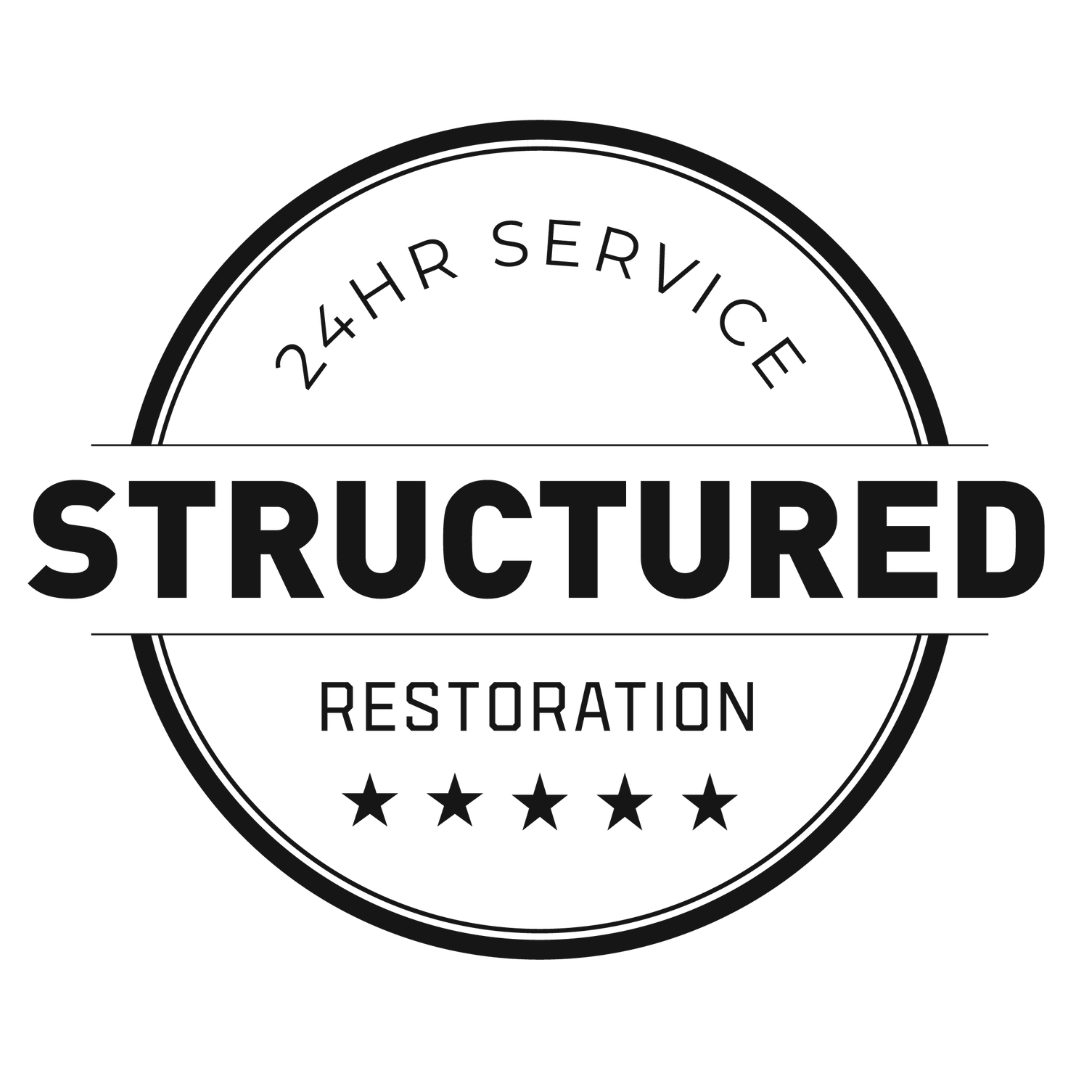Pipes are an essential part of any home’s infrastructure, ensuring the steady flow of water throughout your property. However, a sudden pipe break can cause severe water damage and leave you scrambling for solutions. Whether you’re looking for advice on how to prevent pipes from breaking or need guidance on what to do if your pipes break, this article covers all you need to know to keep your plumbing system safe and avoid costly repairs.
How to Prevent Pipes from Breaking
Preventing pipes from breaking is all about proactive care. Proper maintenance and a few precautionary measures can save you from the nightmare of water damage. Here are some essential tips to avoid broken pipes in your home:
1. Insulate Your Pipes
One of the leading causes of pipe breaks is freezing temperatures. When water freezes inside the pipes, it expands, causing the pipes to crack or burst. Insulate pipes in areas such as the basement, attic, and crawl spaces, especially those exposed to colder temperatures.
- Use foam insulation sleeves, heat tape, or pipe wraps to cover vulnerable pipes.
- Leave cabinet doors open to allow warm air to circulate around pipes in the kitchen and bathrooms.
2. Fix Small Leaks Immediately
Small leaks can grow into bigger problems if not addressed. Even a minor leak can weaken the pipe’s structural integrity over time, leading to potential breaks. If you notice signs of a leak, like damp patches or mold growth, fix the problem right away.
3. Regulate Water Pressure
High water pressure can strain your pipes and increase the risk of them breaking. Most homes have water pressure between 40 to 60 psi. Use a pressure gauge to monitor it, and if necessary, install a pressure regulator to ensure your pipes aren’t overwhelmed by excessive water pressure.
4. Schedule Regular Plumbing Inspections
Regular inspections by a licensed plumber can help identify weak spots or potential issues before they escalate into emergencies. During an inspection, the plumber can look for signs of corrosion, wear and tear, and ensure that all joints and connections are secure.
5. Protect Outdoor Pipes
Pipes outside your home are more susceptible to freezing in the winter. Disconnect garden hoses before the cold weather hits, and shut off the water supply to outdoor faucets to prevent the risk of a pipe burst. Installing frost-proof outdoor spigots is also an excellent preventative measure.
6. Avoid Chemical Drain Cleaners
Chemical drain cleaners may seem like a quick fix for clogs, but over time they can corrode pipes and make them more prone to breaking. Use alternative methods, like a drain snake or natural cleaning solutions, to clear blockages instead.
What to Do If My Pipes Break
Even with proper prevention, accidents can happen. If your pipes break, it’s essential to act quickly to minimize damage. Follow these steps to get the situation under control:
1. Turn Off the Water Supply
The first thing you should do when a pipe breaks is shut off the water supply. Locate the main water shutoff valve (usually found near the water meter) and turn it off immediately to prevent more water from escaping.
2. Drain the Remaining Water
After turning off the main water supply, open all your faucets to drain any remaining water from the system. This step helps to reduce pressure in the pipes and prevents further leaks.
3. Locate the Broken Pipe
Try to locate the broken pipe, if possible. Look for visible water damage, bulging walls, or hear the sound of running water where it shouldn’t be. If the break isn’t obvious, you may need to call in a professional plumber to find the source of the problem.
4. Assess the Damage
For minor cracks or leaks, you may be able to temporarily stop the water using a pipe repair clamp or plumber’s tape. However, significant breaks will require a more permanent solution from a plumber or water damage restoration professional.
5. Call a Water Damage Restoration Company
In cases where a pipe break leads to flooding or extensive water damage, call a water damage restoration company right away. Professionals can help with emergency water extraction, drying, and restoring affected areas to prevent mold and long-term structural damage.
6. Begin Water Cleanup
If the damage is minor, begin cleanup immediately to prevent mold and other issues. Use a wet/dry vacuum to remove standing water, move furniture and belongings out of the affected area, and start drying the space with fans or dehumidifiers.
7. Document the Damage for Insurance
Take photos and videos of the damage as soon as possible. Documentation is essential if you plan to file an insurance claim. Be sure to notify your insurance company of the pipe break and water damage as soon as you can.
Why Choose Professional Help for Broken Pipes?
While quick fixes like applying a pipe clamp or sealing a small leak can be helpful, they are often temporary solutions. Broken pipes can cause significant damage to your home’s foundation, walls, and electrical systems. Hiring a professional water damage restoration company ensures:
- Comprehensive damage assessment and repair to prevent future issues.
- Specialized drying equipment to eliminate moisture and reduce the risk of mold growth.
- Expert guidance on insurance claims to help you navigate the paperwork and get fair compensation.
Conclusion
Pipe breaks are a homeowner’s worst nightmare, but they don’t have to be. By following these preventative tips on how to prevent pipes from breaking and knowing what to do if your pipes break, you can reduce the risk of costly repairs and protect your home from water damage. If you ever experience a pipe break or need professional help, contact a reliable water damage restoration company to ensure your home is safe and secure.
